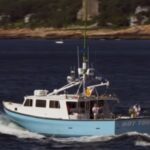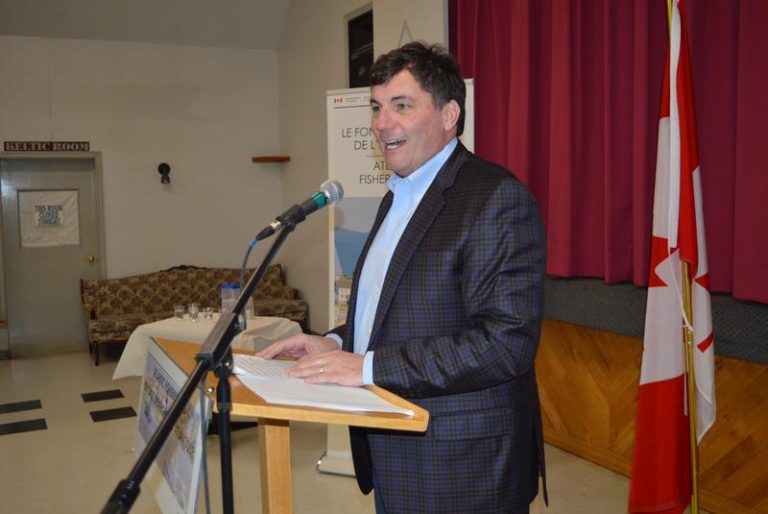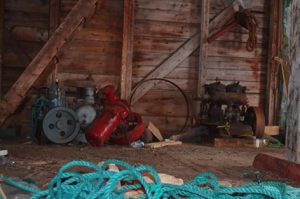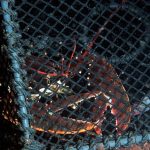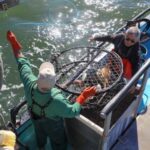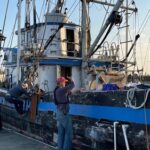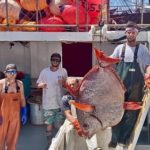Daily Archives: September 28, 2018
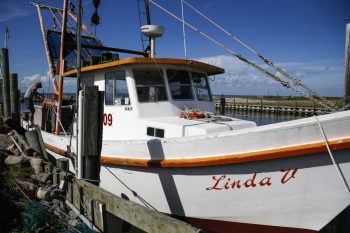
Plans for Texas City ammonia plant spark environmental, health concerns
Roy Lee Cannon stands on the deck of his shrimp boat docked at Eagle Point Fishing Camp during the golden hour of a summer evening,,, It’s the end of a long work day for Cannon, a shift that began before sunrise. The early-morning hours are harder for the 76-year-old Cannon, who has a titanium plate in his arm from an accident and a pig valve in his chest, but this time of day is undoubtedly the most productive. On a good day, Cannon will haul in 600 pounds of shrimp, though his yield steadily has decreased as the bay and ship channel have become a highway of commerce for the oil and chemical industries. So, when Cannon heard an $800 million anhydrous ammonia plant was in the works for the shores of Texas City, he decided that another potential bay polluter should not proceed without protest. >click to read<18:06

FISH-NL Statement Regarding Labour Relations Board decision to dismiss its application for certification.
FOR IMMEDIATE RELEASE Friday, Sept. 28th, 2018 The Federation of Independent Sea Harvesters of Newfoundland and Labrador (FISH-NL) is in the process or reviewing a decision by the province’s Labour Relations Board to dismiss its application for certification. “FISH-NL will have more to say on the decision — including whether an appeal will be filed — in the coming days,” says Ryan Cleary, President of FISH-NL. “But if the FFAW-Unifor or or anyone else involved in the province’s fishing industry believes for one second this decision will bring an end to growing labour unrest within the inshore fishery, they’re living in la la labour land.” 16:37
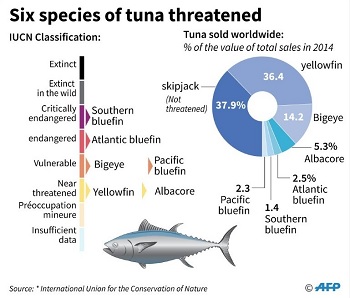
Fisheries nations to decide fate of declining bigeye tuna
Dozens of nations with commercial fisheries in the Atlantic Ocean will grapple next week with a new finding that bigeye tuna, the backbone of a billion dollar business, is severely depleted and overfished.,,, An internal report by 40-odd scientists working under the inter-governmental International Commission for the Conservation of Atlantic Tunas (ICCAT), finalised last week, shows that populations have fallen to less than 20 percent of their historic levels. Even more critical, the stock is barely half the size needed to support a “maximum sustainable yield”—the largest catch that can be taken without compromising long-term stability of the species. Current harvests, overwhelmingly legal, are also more than 60 percent above levels that would give bigeye at least a fighting chance of recovering its numbers, the report said. >click to read<15:46
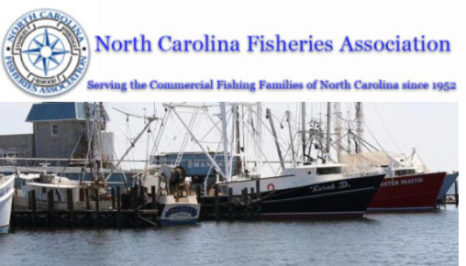
North Carolina Fisheries Association Weekly Update for September 28, 2018
>Click here to read the Weekly Update<, to read all the updates >click here<, for older updates listed as NCFA >click here<12:24
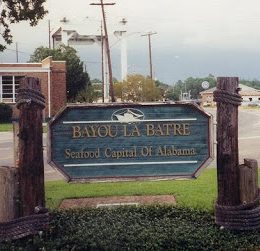
Bayou La Batre – Coastal Alabama Citizens Rise Up And Defeat Job-Killing Eco-Tourism Ordinance
Fearing the loss of both their livelihood and their way of life, residents of Bayou La Batre, Alabama, banded together earlier this summer and scuttled a city ordinance crafted to promote eco-tourism. Located along the Gulf Coast, a few miles southwest of Mobile, Bayou La Batre is a fishing village with a vibrant seafood-processing industry. The city of 2,500 souls has survived Hurricane Katrina and other unpleasant visitors from the tropics. But a 200-page zoning proposal developed by the city’s planning commission with assistance from the Southeast Alabama Regional Planning Commission (SARPC) and environmental groups triggered a storm of protest that sent the city’s mayor and his supporters running for cover. >click to read<12:04
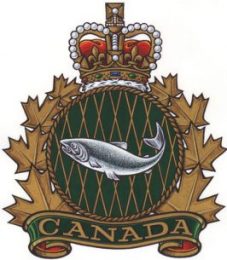
Controversial bycatch monitoring program coming to Maritime lobster industry
Canada’s Department of Fisheries and Oceans is rolling out a controversial bycatch monitoring program in three lobster fishing areas in Nova Scotia, but it won’t say when the program will be introduced across the Maritimes. The department is imposing at-sea monitors for the first time this fall in three lobster fishing districts in Nova Scotia from Halifax to Digby. The department said it needs to collect data on other species — such as cod, cusk and Jonah crab — that are inadvertently being caught in lobster traps, which is known as bycatch. The question is when the monitoring will roll out elsewhere. >click to read<11:14
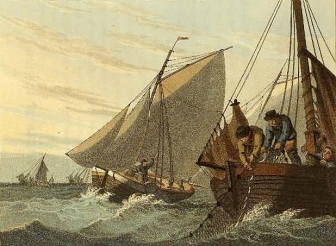
1889: Cape Cod fishermen sail to Cape of Good Hope for mackerel
A century ago the fishermen on Cape Cod were making plans to spend the winter fishing for mackerel off the Cape of Good Hope off the southern tip of Africa, a distance of almost 8,000 miles away from homeport. For the wives of the Cape’s fishermen that would mean nearly year-round widowhood as the trip a century ago took weeks under the best of conditions and mackerel were believed to abound in South African waters after December 1st, the same fish seen here six months later. The Cape Cod schooners will salt the mackerel and return to Provincetown to sell their catch. >click to read<10:12
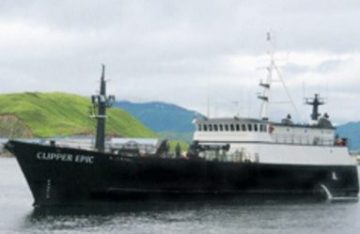
Coast Guard searching for man last seen aboard a fishing boat near St. Matthew Island, Alaska
The Coast Guard is searching for a man last seen aboard a fishing boat north of St. Matthew Island Thursday. A Coast Guard Air Station Kodiak C-130 Hercules aircrew launched from Kotzebue and is searching for the man along with the crew of fishing vessels Clipper Epic, Frontier Spirit and Frontier Mariner. The man was initially reported missing to the Coast Guard by the master of the 162-foot fishing vessel Clipper Epic at about 12:40 p.m., approximately 60 miles north of St. Matthew Island in the Bering Sea. >click to read<09:23

































